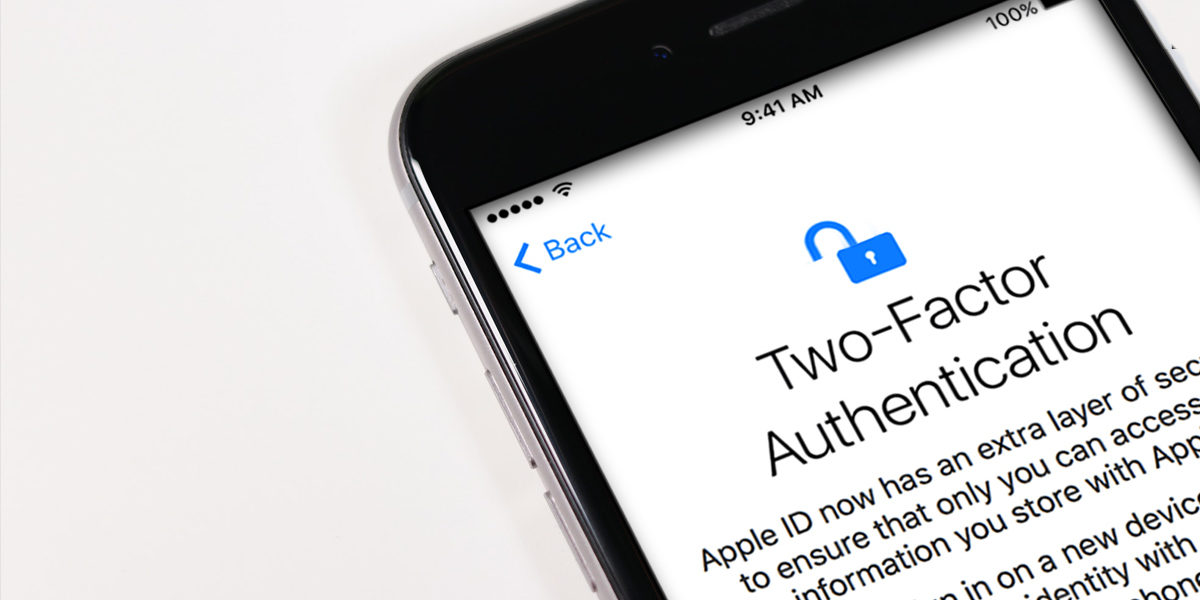Multi-factor authentication (MFA) is an IT authentication technique that requires a user to present at least two factors that prove their identity.
We all use passwords to enter into our email systems, work databases, and bank accounts. We are usually forced to change our combinations periodically in the hopes that we’ll stay just a bit safer. But the truth is that, on their own, passwords no longer provide an appropriate level of security. Multi-factor authentication is important, as it makes stealing your information harder for the average criminal. The less enticing your data, the more likely that thieves will choose someone else to target.
What is MFA?
Multi-factor Authentication (“MFA”) is an authentication method that requires users to provide multiple verification factors to gain access to accounts, applications or other protected areas. Basically, MFA is intended to make you prove you are really you before you’re given access to information.
How does MFA work?
Most MFA systems won’t eliminate usernames and passwords. Instead, they layer on another verification method to ensure your account is safe.
Most people are familiar with the one-time password (“OTP”) MFA method: after entering your name and password, you are prompted for a code that is sent to you via email, text, mobile app or code generator. Enter the code and away you go! But there are many other MFA methods that rely on a variety of factors:
- Something you know. Example: Security question asking the name of your favorite place.
- Something you have. Example: Your smartphone or that annoying token with the ever-changing code your IT department has given you and told you to never, ever lose.
- Inherence: Something inherent to you physically. Example: Your fingerprint.
- Extra factors: this can include factors such as location or time, or even what is referred to as adaptive authentication (also called risk-based authentication).
What are the benefits of using MFA?
- Stronger authentication with compliance standards like the NY DFS requiring sophisticated security policies, MFA’s presence will only continue to become more widespread.
- MFA offers security without compromising your user experience with the app or platform you are using
Cybercriminals have more than 15 billion stolen credentials to choose from. If they choose yours, they could take over your bank accounts, health care records, company secrets, and more. Stop them by having your Multi-factor Authentication enable on all your devices. If you are not sure how this can work on your business contact us by filling out the form and we’ll help you set everything up.






